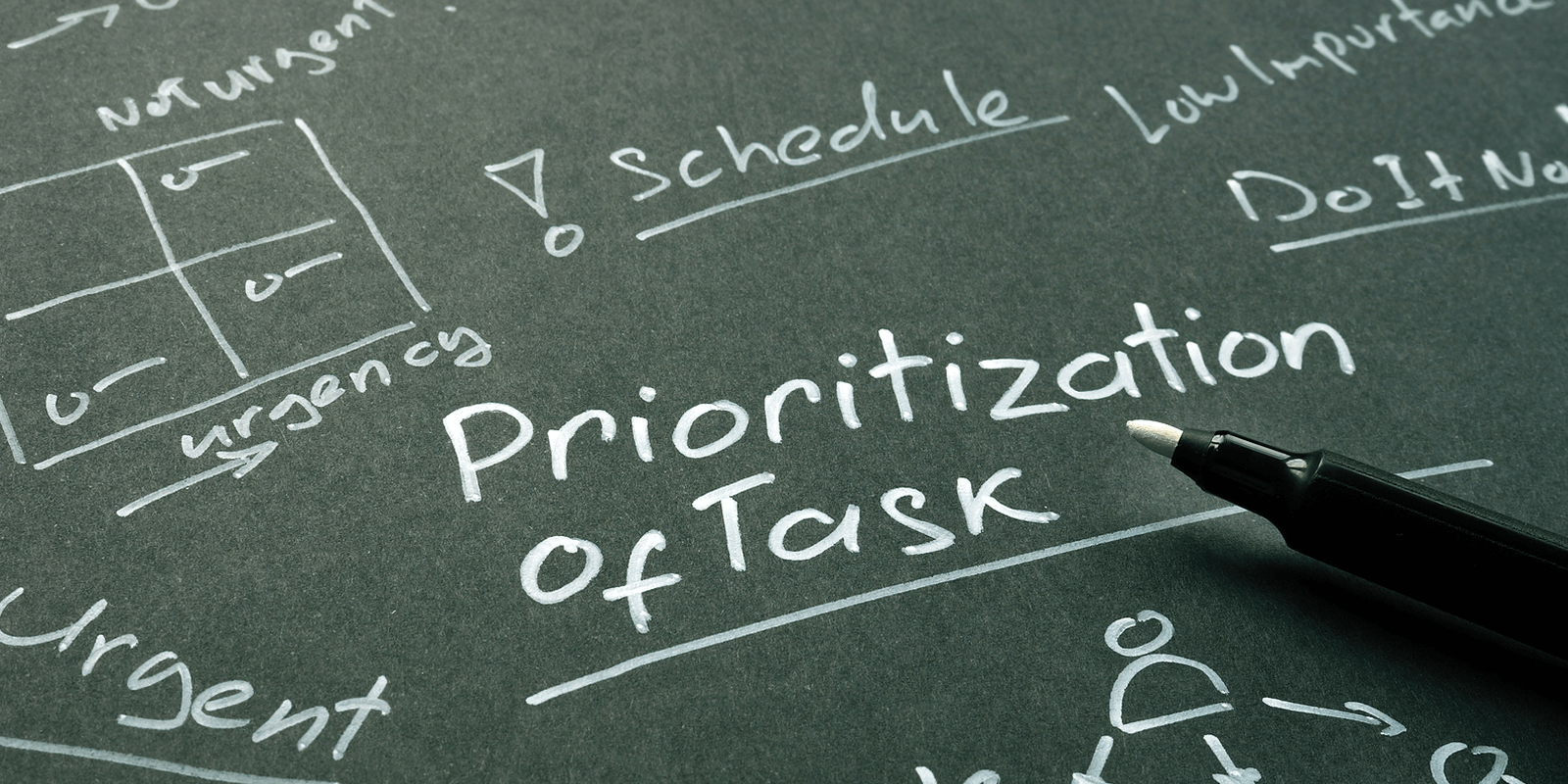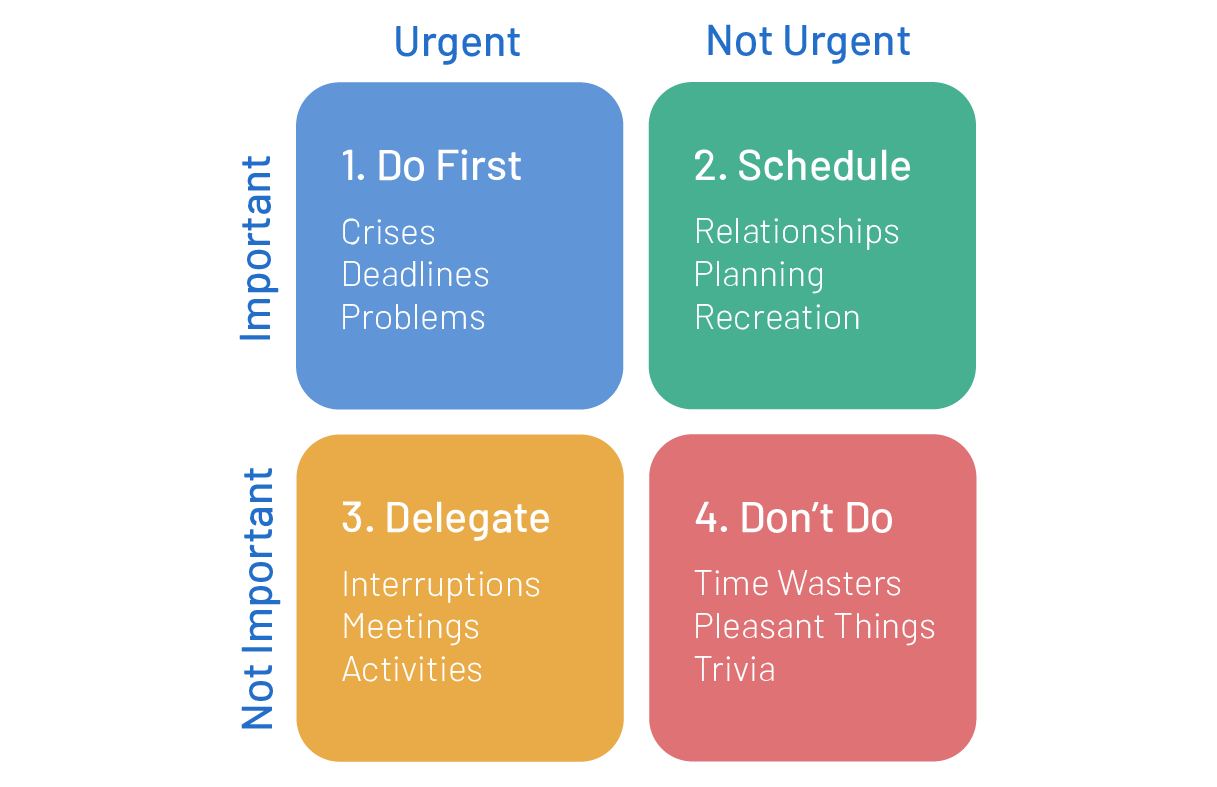How Would You Prioritize Your Work

The aroma of freshly brewed coffee mingled with the quiet hum of keyboards filled the air. Sunlight streamed through the window, illuminating a desk overflowing with notes, reports, and the ever-present glow of a to-do list threatening to topple over. A familiar question lingered: Where to begin?
In the modern workplace, the ability to effectively manage and prioritize tasks is not just a desirable skill, it's an absolute necessity. We often have numerous projects, deadlines, and competing demands to juggle, this becomes especially true in dynamic environments, where priorities can shift at a moment's notice.
Understanding the Landscape
To effectively prioritize, it’s crucial to understand the context in which you're operating. Start by gaining clarity on organizational goals, departmental objectives, and your individual role in achieving them. This provides a framework for evaluating the significance of your work.
Knowing what aligns with the larger picture allows you to quickly identify tasks that directly contribute to success, thus helping to cut the non-essential items. This understanding should inform every decision about where you focus your time and energy.
The Power of Categorization
One powerful approach is to categorize tasks based on urgency and importance, using frameworks like the Eisenhower Matrix. This classic tool divides tasks into four quadrants: urgent and important, important but not urgent, urgent but not important, and neither urgent nor important.
The goal is to focus on tasks that are both urgent and important, and then systematically address tasks that are important but not urgent, before they become emergencies. Delegate or eliminate tasks that fall into the other two quadrants.
By strategically categorizing your workload, you gain a bird's-eye view of your responsibilities. Furthermore, you can ensure that your efforts are aligned with what matters most to your organization.
Time Management Techniques
Several time management techniques can aid in the prioritization process. The Pomodoro Technique, for example, involves working in focused 25-minute intervals followed by short breaks, which can enhance concentration and productivity.
Another useful strategy is time blocking, where you allocate specific time slots in your calendar for specific tasks. This helps to create structure and prevents important work from being pushed aside by less critical activities.
By experimenting with different methods, you can discover what works best for your personality and working style. This will ultimately allow you to optimize your output.
Embracing Flexibility
While structure is important, flexibility is equally important in the face of the unpredictable nature of work. Priorities can change due to unexpected events, shifting deadlines, or evolving business needs.
Cultivating adaptability allows you to adjust your plans accordingly, without becoming overwhelmed or losing focus. This might involve re-evaluating your task list, renegotiating deadlines, or seeking assistance from colleagues.
Remember that effective prioritization is an ongoing process, not a one-time event. Regular review and adjustment are necessary to stay on track and respond to changing circumstances.
Collaboration and Communication
Prioritization is not an isolated activity. Effective collaboration and communication are essential for aligning your efforts with those of your team and organization. Communicate regularly with your manager and colleagues to ensure that everyone is on the same page.
Clearly articulating your priorities and workload can help to manage expectations and prevent misunderstandings. It also provides an opportunity to identify potential roadblocks and seek support when needed.
By working collaboratively, you can leverage the strengths of others and share the workload more effectively. That promotes a more productive and harmonious work environment.
By working collaboratively, you can leverage the strengths of others and share the workload more effectively, which in turn promotes a more productive and harmonious work environment.
Conclusion
Ultimately, effective prioritization is about making conscious choices about how to allocate your time and energy. It's about aligning your work with your goals, managing competing demands, and maintaining a sense of control in the midst of chaos.
By embracing a proactive and thoughtful approach to task management, you can not only enhance your productivity but also reduce stress and achieve a greater sense of accomplishment. So, take a deep breath, assess your landscape, and start prioritizing. The results will speak for themselves.














.jpg)



